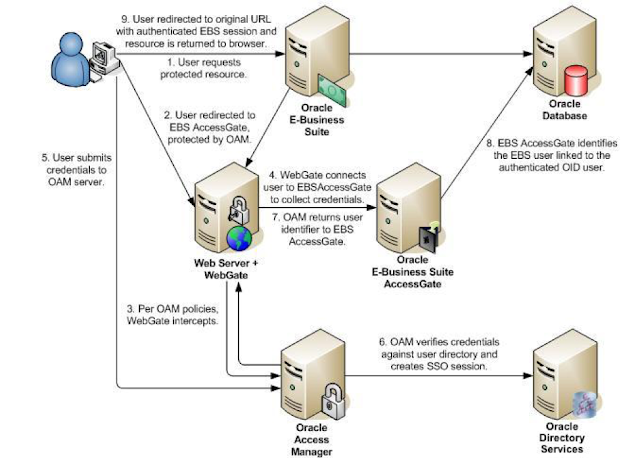Oracle DBA - Performance Tuning Interview Questions
1. What is Performance Tuning?
Ans: Making optimal use of system using existing resources called performace tuning.
2. Types of Tunings?
Ans: 1. CPU Tuning 2. Memory Tuning 3. IO Tuning 4. Application Tuning 5. Databse Tuning
3. What Mailny Database Tuning contains?
Ans: 1. Hit Ratios 2. Wait Events
3. What is an optimizer?
Ans: Optimizer is a mechanizm which will make the execution plan of an sql statement
4. Types of Optimizers?
Ans: 1. RBO(Rule Based Optimizer) 2. CBO(Cost Based Optimzer)
5. Which init parameter is used to make use of Optimizer?
Ans: optimizer_mode= rule----RBO cost---CBO choose--------First CBO otherwiser RBO
6. Which optimizer is the best one?
Ans: CBO
7. What are the pre requsited to make use of Optimizer?
Ans: 1. Set the optimizer mode 2. Collect the statistics of an object
8. How do you collect statistics of a table?
Ans: analyze table emp compute statistics or analyze table emp estimate statistics
9. What is the diff between compute and estimate?
Ans: If you use compute, The FTS will happen, if you use estimate just 10% of the table will be read
10. What wll happen if you set the optimizer_mode=choose?Ans: If the statistics of an object is available then CBO used. if not RBO will be used
11. Data Dictionay follows which optimzer mode?
Ans: RBO
12. How do you delete statistics of an object?
Ans: analyze table emp delete statistics
13. How do you collect statistics of a user/schema?
Ans: exec dbms_stats.gather_schema_stats(scott)
14. How do you see the statistics of a table?
Ans: select num_rows,blocks,empty_blocks from dba_tables where tab_name='emp'
15. What are chained rows?
Ans: These are rows, it spans in multiple blocks
16. How do you collect statistics of a user in Oracle Apps?
Ans: fnd_stats package
17. How do you create a execution plan and how do you see?Ans: 1. @?/rdbms/admin/utlxplan.sql --------- it creates a plan_table 2. explain set statement_id='1' for select * from emp; 3. @?/rdbms/admin/utlxpls.sql -------------it display the plan
18. How do you know what sql is currently being used by the session?
Ans: by goind v$sql and v$sql_area
19. What is a execution plan?
Ans: Its a road map how sql is being executed by oracle db?
20. How do you get the index of a table and on which column the index is?
Ans: dba_indexes and dba_ind_columns
21. Which init paramter you have to set to by pass parsing?
Ans: cursor_sharing=force
22. How do you know which session is running long jobs?
Ans: by going v$session_longops
23. How do you flush the shared pool?
Ans: alter system flush shared_pool
24. How do you get the info about FTS?
Ans: using v$sysstat
25. How do you increase the db cache?
Ans: alter table emp cache
26. Where do you get the info of library cache?
Ans: v$librarycache
27. How do you get the information of specific session?
Ans: v$mystat
28. How do you see the trace files?
Ans: using tkprof --- usage: tkprof allllle.trc llkld.txt
29. Types of hits?
Ans: Buffer hit and library hit
30. Types of wait events?
Ans: cpu time and direct path read
Sharing real time knowledge,issues on Oracle Apps DBA and Oracle DBA
Subscribe to:
Post Comments (Atom)
Oracle EBS integration with Oracle IDCS for SSO
Oracle EBS integration with Oracle IDCS for SSO Oracle EBS SSO? Why is it so important? Oracle E-Business Suite is a widely used application...

-
Enabling TLS in Oracle Apps R12.2 Here we would be looking at the detailed steps for Enabling TLS in Oracle Apps R12.2 Introduction: ...
-
Oracle EBS integration with Oracle IDCS for SSO Oracle EBS SSO? Why is it so important? Oracle E-Business Suite is a widely used application...
-
Apps password change routine in Release 12.2 E-Business Suite changed a little bit. We have now extra options to change password, as well ...


No comments:
Post a Comment